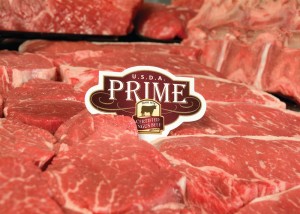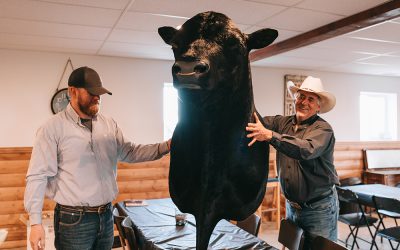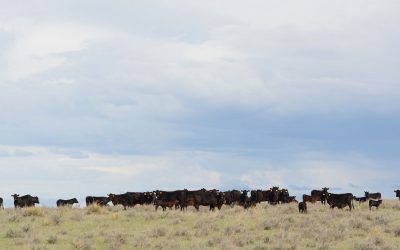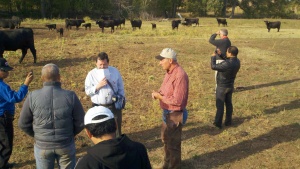
In their Prime
Of course, I already knew that when I dialed up South Dakota producer Rich Blair, of Blair Brothers Angus, but I was reminded of that with each story he told about their journey to produce the best beef. (They aim for CAB and Prime, with some loads hitting as much as 50% of the latter.)

Myth: You’ve got to have some pretty fancy cattle to produce great beef.
Fact: It’s really not about looks, as Rich found out back in the mid-90s.
“I can still remember the first time I got a Prime carcass and I thought, ‘Wow, that cow must really look special.’ So I went out and found her in the herd and I can still vividly remember looking through the cows and…..well, there she was.
I was never so disappointed in all my life! She just looked like the rest of ‘em.
But the thing she did, is that she made me $200 more than the cow standing next to them and it didn’t cost me a thing. Her calf ran with the bunch, he just had the genetics to grade Prime and the rest of ‘em didn’t.”
His suggestion for making more of those Prime-makers? Study the data, and that will lead you to one solution: straightbred commercial Angus. But that’s another real-world story for another day…
May your bottom line be filled with black ink,
Miranda
You may also like
Coming home
“His name is Panic Switch,” says Colton Hamilton with a grin. His father Gavin helps hold the stuffed bull’s head nearly their height.
But I didn’t hear the word “panic” clearly. I don’t know what I heard, even after asking a couple more times. Maybe the Canadian accent was fooling me.
From one over-achiever to another
Ryan Noble is smart. And goal oriented. For example, he set a goal to grow the herd from 120 to 300 cows, which quickly escalated to 750 cows and a large number of developing heifers. The definition of an overachiever.
A new “middle meat”
My taste buds were watering just looking at the menu. Beef Belly – Certified Angus Beef navel, white beans three ways & ramp chimichurri; Apricot Carrots – old style lager braised carrots, apricot mead glaze, puffed grain, mint; Grilled Potato – leeks, lovage, spicy carbonara sauce, sheep’s milk cheese; Coal Toasted Country Bread – buttermilk curd, preserved mushroom, burnt maple syrup, sage





